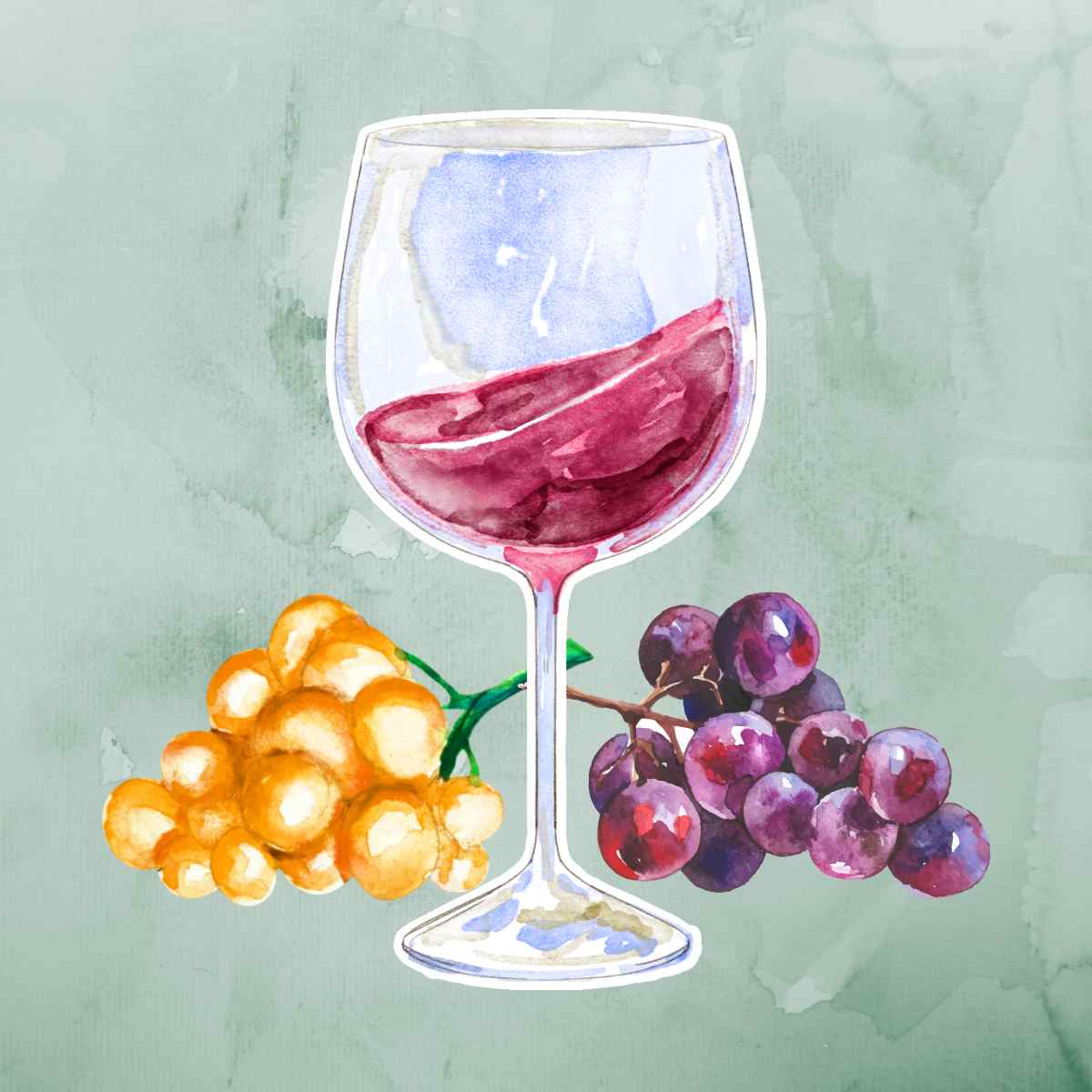The varieties of grapes permitted for making port wine are heavily regulated. Additionally, only 30 types qualify as recommendable of the total 82 different types permitted in port wine production.
These port grapes are further classified into "very good", "good", "average", "mediocre", and "bad". Yet, we focus only on the 30 recommended types, separated by color and quality.
To put this into perspective: there are more than 2.500 grape sorts for making wine.
Port wine regions
The Douro River Valley, where the grapes used to produce port grow, is located north of Porto. The area is divided into three officially defined zones: [1]
- Baixo Corgo - This region is in the western part of the wine region and is the coldest one with the most rainfall. Most of the grapes grown in this region are used for standard Ruby and Tawny ports.
- Cima Corgo - This region is drier and also a few degrees warmer. That is also reflected in the grapes, which are considered superior quality. Hence, these grapes are often turned into special port types like reserve, Late bottle vintage, or vintage ports.
- Douro Superior - This region is in the eastern part of the Douro wine region. It's the least utilized, as the agricultural conditions make it difficult to cultivate and harvest grapes.
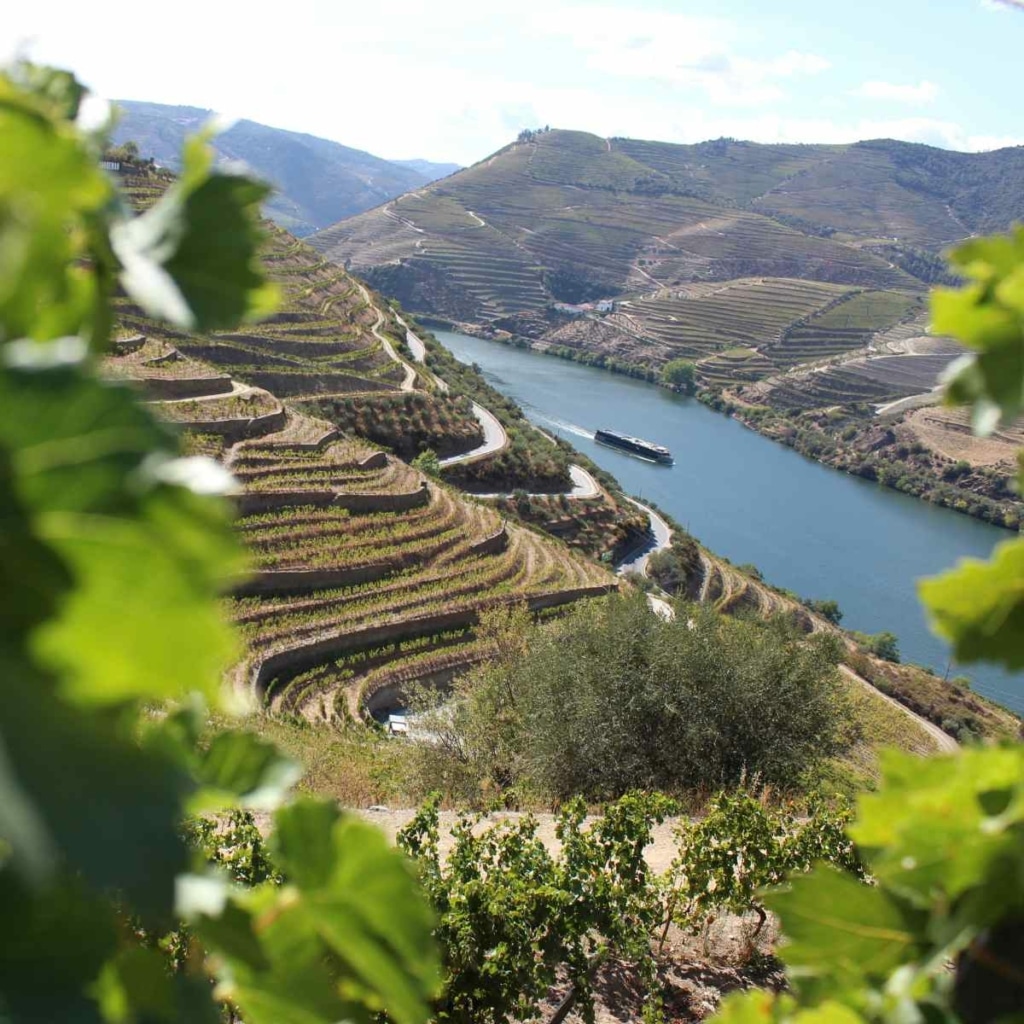
The top grapes used to make port
Despite having up to thirty grape varieties for Port production to choose from, many winemakers prefer to focus on five or six of the best types.
Today, most vineyards are typically composed of a combination of five or six of the top red grape varieties, believed to create the best wines. In certain areas, producers sometimes add other types of grapes in smaller amounts based on environmental factors.
Here's a guide to the top grapes used in port.
- Touriga Nacional
- Touriga Francesa
- Tinta Roriz
- Tinta Barroca
- Tinta Cão
Touriga Nacional
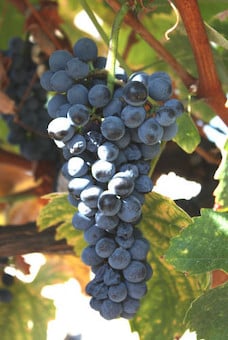
The Touriga Nacional is an esteemed red variety, often seen in the vineyards of the Port houses. With its small, thick-skinned berries, it yields low yet produces dark, concentrated wines that are full-bodied and richly flavored.
The resulting wines boast an abundance of fruit alongside powerful tannins, creating substantial depth, richness, and longevity. Port connoisseurs will appreciate the remarkable complexities this varietal has to offer.
Touriga Francesa
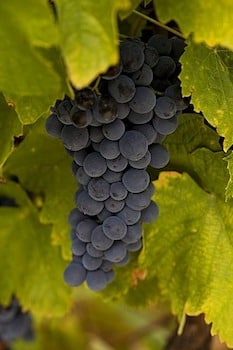
With its consistency and reliability, the Touriga Francesa is the most widely planted grape variety in the Douro Valley. These grapes yield intense, fruity wines similar to those of the Touriga Nacional, yet more subtle and aromatic, often having an attractive floral scent.
Tinta Roriz
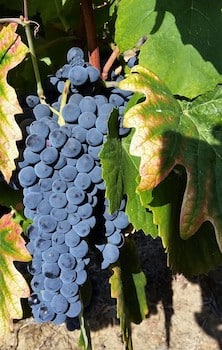
The Tinta Roriz, also known as Tempranillo, is the most important variety, with most plantings after the Touriga Francesa. With large berries and big bunches, it produces relatively high yields and is best in dry years.
It produces well-structured, aromatic wines that become increasingly elegant and complex over time, often displaying a distinctive 'resiny' aroma. Knowledgeable vintners recognize it as an excellent choice.
Tinta Barroca
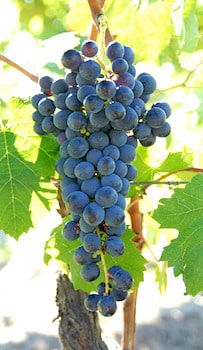
This variety of wine is highly aromatic, with sweetness, softness, and a rounded flavor on the palate. Due to the high level of anthocyanins, these grapes offer more color than structure.
As a result, Tinta Barroca grapes benefit from being blended with more tannic and austere varieties. It is typically grown in cooler areas of a vineyard to control the sugar content.
Tinta Cāo
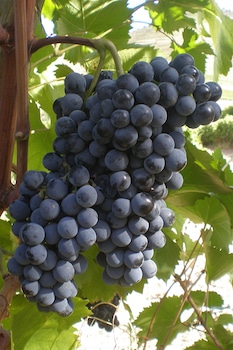
That is one of the oldest and most reliable grape varieties in the Douro valley, having adapted remarkably well to its hot and dry climate.
The grapes are tiny and compact bunches that give rise to wines full of character, boasting crisp acidity and a velvety texture, though they may initially be tough.
During aging, the flavors become more refined, and yet despite its impressive qualities, the Tinta Cão is the least widely planted of the top varieties due to its low yields.
Red or Dark grapes
The dark red grapes are used to produce the various Tawny and Ruby port styles. Exactly 15 different types of black grapes are advisable for making port wine. Eight of them are of very good quality, and seven are of good quality.
Very good red grapes
- Bastardo
- Donzelinho Tinto
- Marufo
- Tinta Francisca
- Tinta Roriz
- Tinta Cão
- Touriga Franca
- Touriga Nacional
Good red grapes
- Castelão
- Cornifesto
- Malvasia Preta
- Mourisco de Semente
- Rufete
- Tinta Amarela
- Tinta Barocca
White grapes
For the white grapes, there are also a total of 15 recommended grape types. Nine are of very good quality, and six are of good quality.
Very good white grapes
- Donzelinho Branco
- Sercial
- Folgasão
- Gouveio Branco
- Bancho Grundel Taint
- Malvasia Fina
- Rabigato Branco
- Viosinho
- Verdelho
Good white grapes
- Arinto
- Cercial
- Moscatel Galego branco
- Samarrinho
- Síria
- Vital

